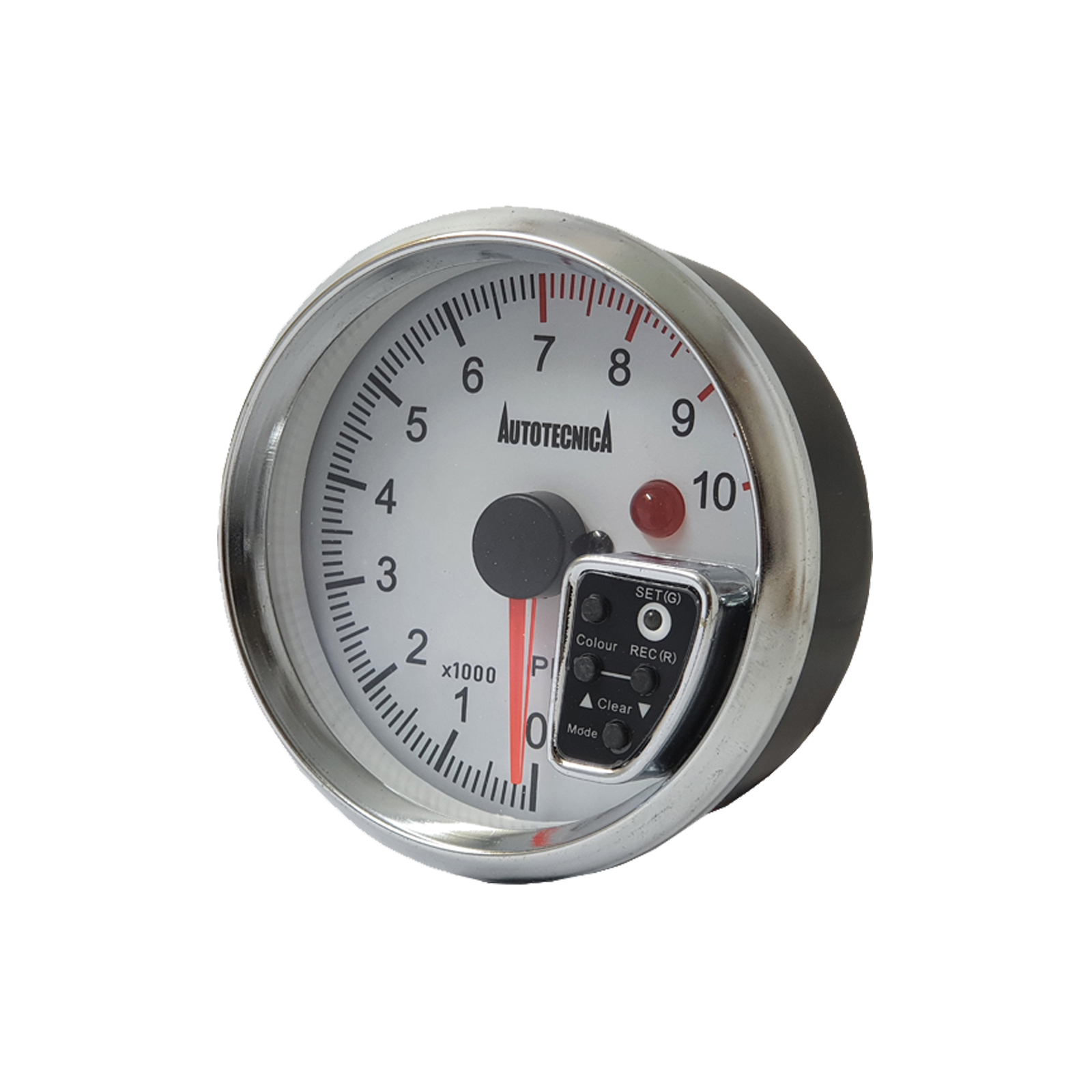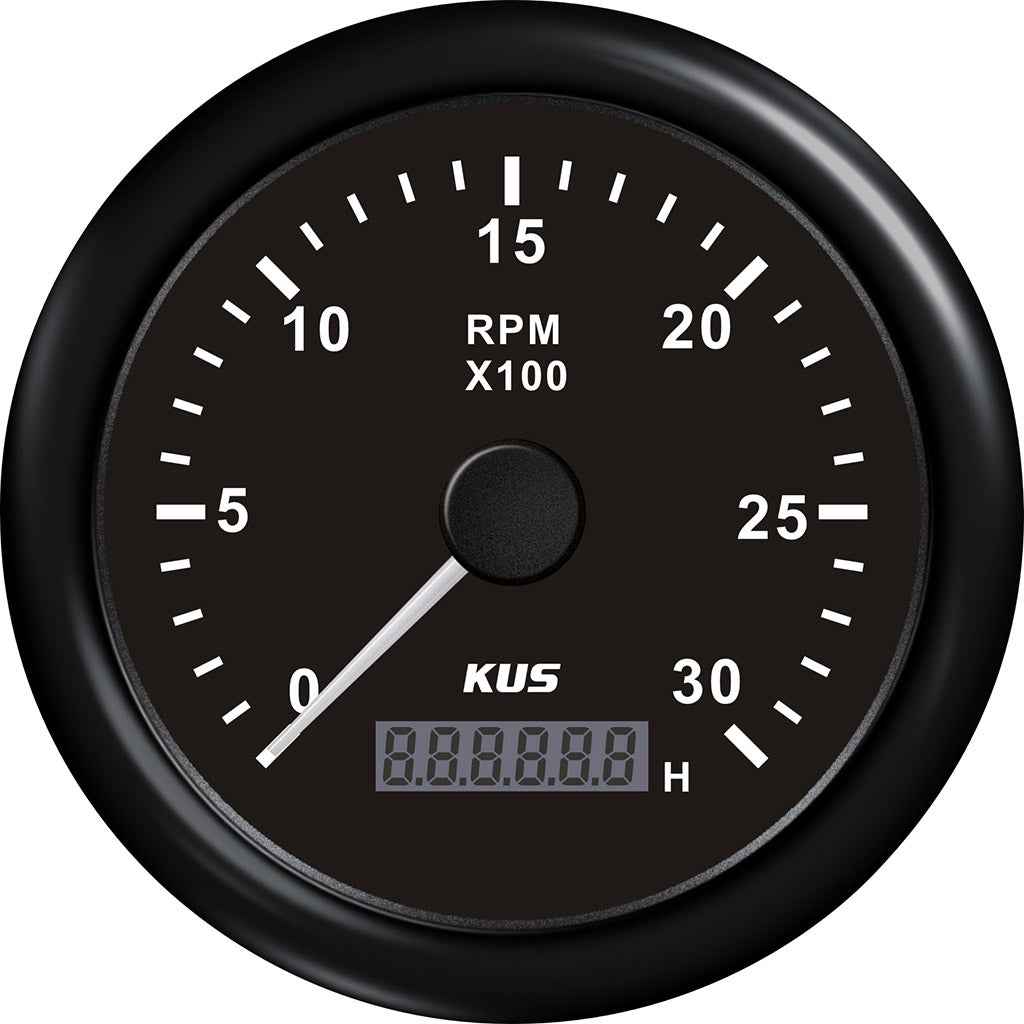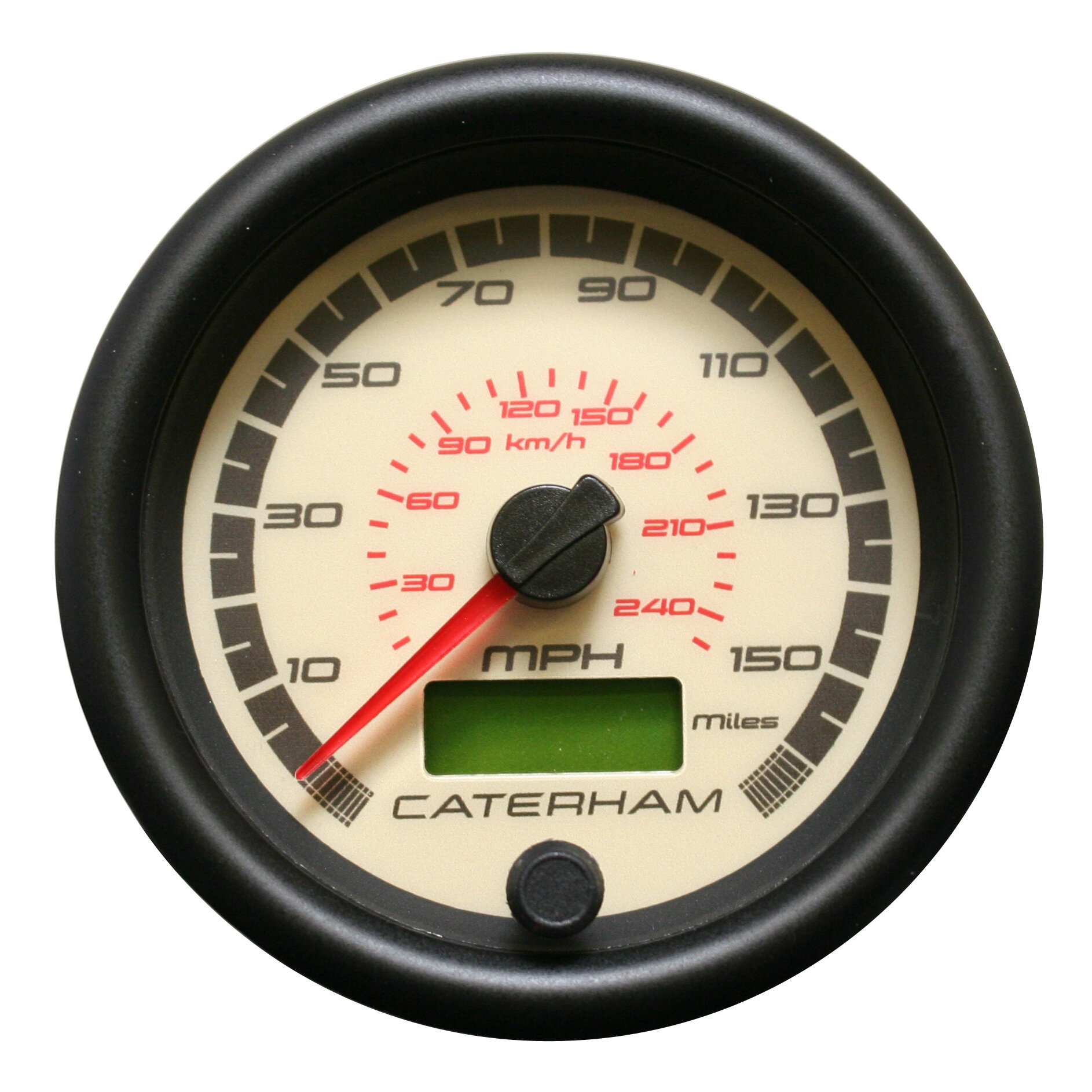Improve Your Driving Experience with a Trustworthy Tachometer
Improve Your Driving Experience with a Trustworthy Tachometer
Blog Article
The Importance of a Tachometer in Keeping Track Of Engine Speed and Performance in Automotive Applications
In the world of auto design, the tachometer stands as a critical tool in the chauffeur's toolbox, offering a straight window into the inner functions of a vehicle's engine. Past its function as a mere scale of changes per min (RPM), the tachometer works as an important tool for enthusiasts and professionals alike, offering real-time understandings into engine efficiency and health. Comprehending the relevance of this gadget exceeds surface-level observations, diving right into the elaborate partnership between engine speed, power result, and total driving experience. As we check out the diverse role of the tachometer in auto applications, a much deeper gratitude for its effect on vehicle dynamics and performance begins to arise.
Significance of Monitoring Engine RPM
Keeping track of engine RPM, or transformations per minute, is a vital element of automobile maintenance and efficiency evaluation. Engine RPM directly correlates with the rate at which the engine's crankshaft rotates, indicating exactly how quickly the engine is running.
In addition, monitoring engine RPM is essential for efficiency evaluation in auto racing and high-performance vehicles. Maintaining ideal RPM levels is vital for accomplishing peak power output and acceleration. Racers often use tachometers to ensure they are running within the optimal RPM range for optimum performance. In summary, keeping an eye on engine RPM is not only essential for detecting concerns but likewise for maximizing engine efficiency in numerous automobile applications.

Advantages of Real-Time Information
In automobile applications, real-time information plays a critical role in offering instant insights into the performance and condition of the lorry. By constantly checking various specifications such as engine speed, temperature, gas intake, and more, real-time information provides countless advantages that contribute to improved performance and safety when traveling.
In addition, real-time data helps with performance optimization by offering instant comments on driving habits and engine performance. Vehicle drivers can readjust their behavior in real-time based on this information to attain far better gas economic climate and prolong the life expectancy of their vehicle.

In addition, real-time information plays a crucial duty in contemporary automotive diagnostics, allowing specialists to promptly diagnose and resolve breakdowns. This leads to reduced downtime, reduced maintenance prices, and inevitably, boosted general vehicle reliability and longevity (tachometer). By taking advantage of the power of real-time information, auto stakeholders can make enlightened choices that positively influence both the efficiency and durability of the automobile
Influence on Gear Shifts
Effective gear changes in auto applications significantly influence overall efficiency and driving experience. The tachometer plays a crucial duty in enhancing equipment changes by giving real-time engine speed information to the chauffeur. When approaching the redline on the tachometer, it signifies the vehicle driver to upshift to stop over-revving the engine and triggering possible damage. On the various other hand, downshifting at the appropriate moment can help preserve the engine in its power websites band, making certain receptive velocity when needed.
Additionally, the tachometer help in accomplishing smoother gear changes, specifically in hand-operated transmissions. By keeping an eye on engine speed, vehicle drivers can perform gear shifts at the optimum RPM range, decreasing snagging movements and lessening endure the transmission elements. This accuracy in equipment changes not only boosts driving convenience but also adds to sustain effectiveness.
Enhancing Gas Performance
Given the crucial role the tachometer plays in maximizing gear changes for performance and engine wellness, it directly check out this site adds to making best use of fuel effectiveness in vehicle applications. By supplying real-time feedback on engine speed, the tachometer assists motorists in preserving the most reliable RPM range for fuel economic climate. When drivers regularly keep track of the tachometer and readjust their motoring practices as necessary, they can stay clear of unnecessary fuel usage triggered by over-revving or lugging the engine.
Moreover, the tachometer aids motorists determine the most fuel-efficient gear to be in at any given minute, avoiding the engine from working tougher than needed. In verdict, the tachometer offers as a valuable device in improving fuel effectiveness by advertising optimal driving routines and identifying areas for enhancement in the vehicle's efficiency.

Optimizing Engine Longevity
The tachometer's duty in keeping track of engine rate and performance is important in making certain the durability of automotive engines. Monitoring the tachometer permits motorists to stay within the advised RPM array for their vehicle, stopping unnecessary stress on the engine and prolonging its life-span.

Final Thought
In final thought, the tachometer plays an important function in keeping track of check my source engine rate and efficiency in automobile applications. By providing real-time data on RPM, it enables effective equipment shifts, enhanced fuel performance, and maximized engine longevity. This tool is necessary for keeping ideal engine performance and ensuring the overall performance of a vehicle.
Report this page